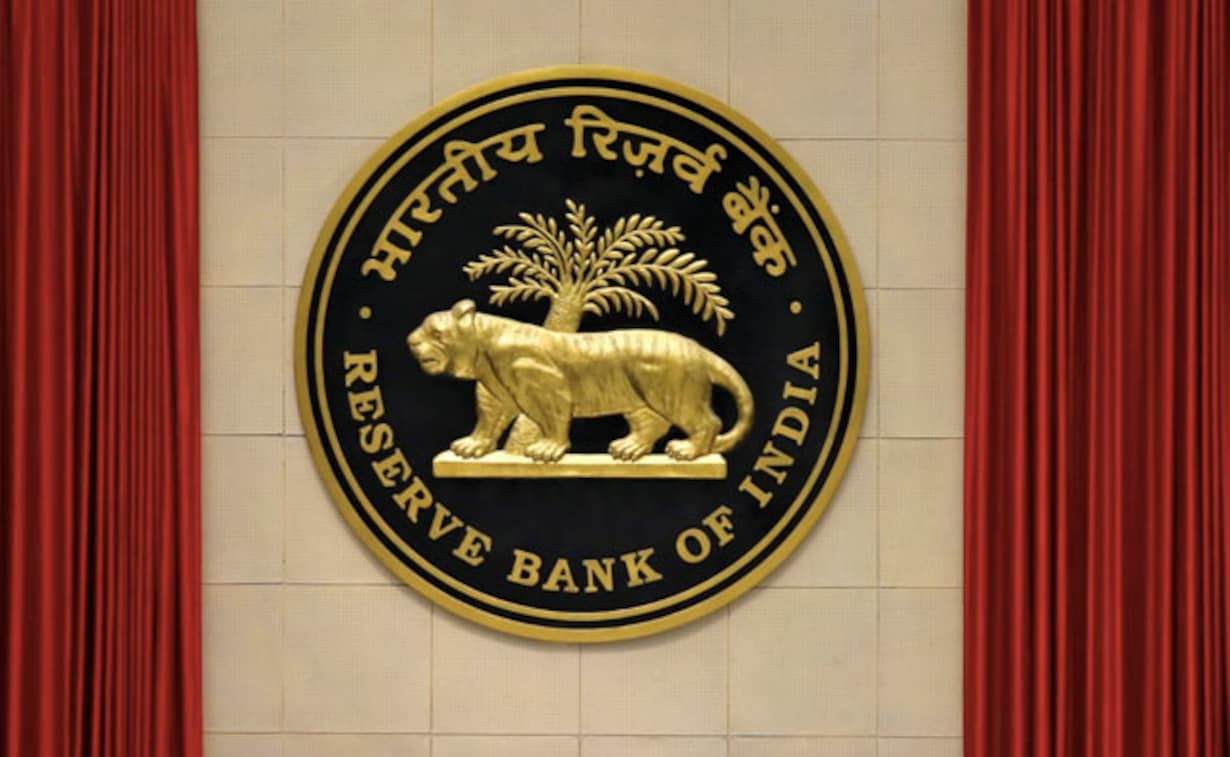The Reserve Bank of India on Friday, as widely expected, kept the policy repo rate unchanged at 6.50 per cent, remaining focused on the objective of achieving the medium-term target for consumer price index (CPI) inflation of 4 per cent while supporting growth even as the domestic economy experiences strong momentum on the back of GDP growth of 7.6 per cent in 2023-24, buoyant domestic demand, strong investment activity and a lower drag from net external demand.
Headline inflation softened to 5.1 per cent during January-February 2024, from 5.7 per cent in December. After correcting in January, food inflation edged up to 7.8 per cent in February primarily driven by vegetables, eggs, meat and fish.
The RBI also projected GDP growth for 2024-25 at 7.0 per cent with Q1 at 7.1 per cent, Q2 at 6.9 per cent, Q3 at 7.0 per cent and Q4 at 7.0 per cent taking into consideration factors like continued momentum in manufacturing on the back of sustained profitability, heightened private consumption buoyed by further pick-up in rural activity and steady urban demand, bright prospects of fixed investment, healthy corporate and bank balance sheets, robust government capital expenditure and signs of upturn in private capex. The growth projections also take into consideration headwinds from geopolitical tensions, volatility in international financial markets, geoeconomic fragmentation, rising Red Sea disruptions, and extreme weather events, however, pose risks to the outlook.
The decision on policy rates and growth, follows the Monetary Policy Committee (MPC) meeting which has weighed in India’s current and evolving macroeconomic situation amidst a global economy which exhibits resilience and shows signs of maintaining its steady growth in 2024, treading down inflation supported by favourable base effects, rallying equity markets and financial markets which are responding to changing perceptions on the timing and pace of monetary policy trajectories.
Sachin Bajaj, Executive Vice President & Head – Investments, Max Life Insurance feels that outcome of the MPC hac come along the expected lines. “The policy was balanced especially given the backdrop of current macro-environment challenges of geopolitics and commodity prices etc,” says Bajaj. For industry, the decision of the RBI to keep the policy REPO rate unchanged at 6.5 per cent and assertion to remain focussed on moderating inflation shows resolve on the part of the central bank to ensure price stability for a long term sustained economic growth. What is reassuring, says ASSOCHAM Secretary General Deepak Sood, is that having witnessed a real GDP growth of 7.6 per cent for the fiscal 2023-24, the RBI’s projection of seven per cent economic expansion in FY ‘25 comes on the back of a high base of growth numbers.
“We stand by RBI’s commitment for ‘unwavering focus on price stability’ to ringfence the economy from global headwinds including geo-political situation and the resultant supply chain disruptions,” says Sood.
However, amidst MPC concern over tight demand supply conditions in certain pulses and the prices of key vegetables, upward movement in cost push pressures faced by firms and recent firming up of international crude oil prices, all of which warrants close monitoring, CPI inflation for 2024-25 is projected at 4.5 per cent with Q1 at 4.9 per cent, Q2 at 3.8 per cent, Q3 at 4.6 per cent and Q4 at 4.5 per cent. This is also after factoring in geo-political tensions and volatility in financial markets which pose risks to the inflation outlook.























